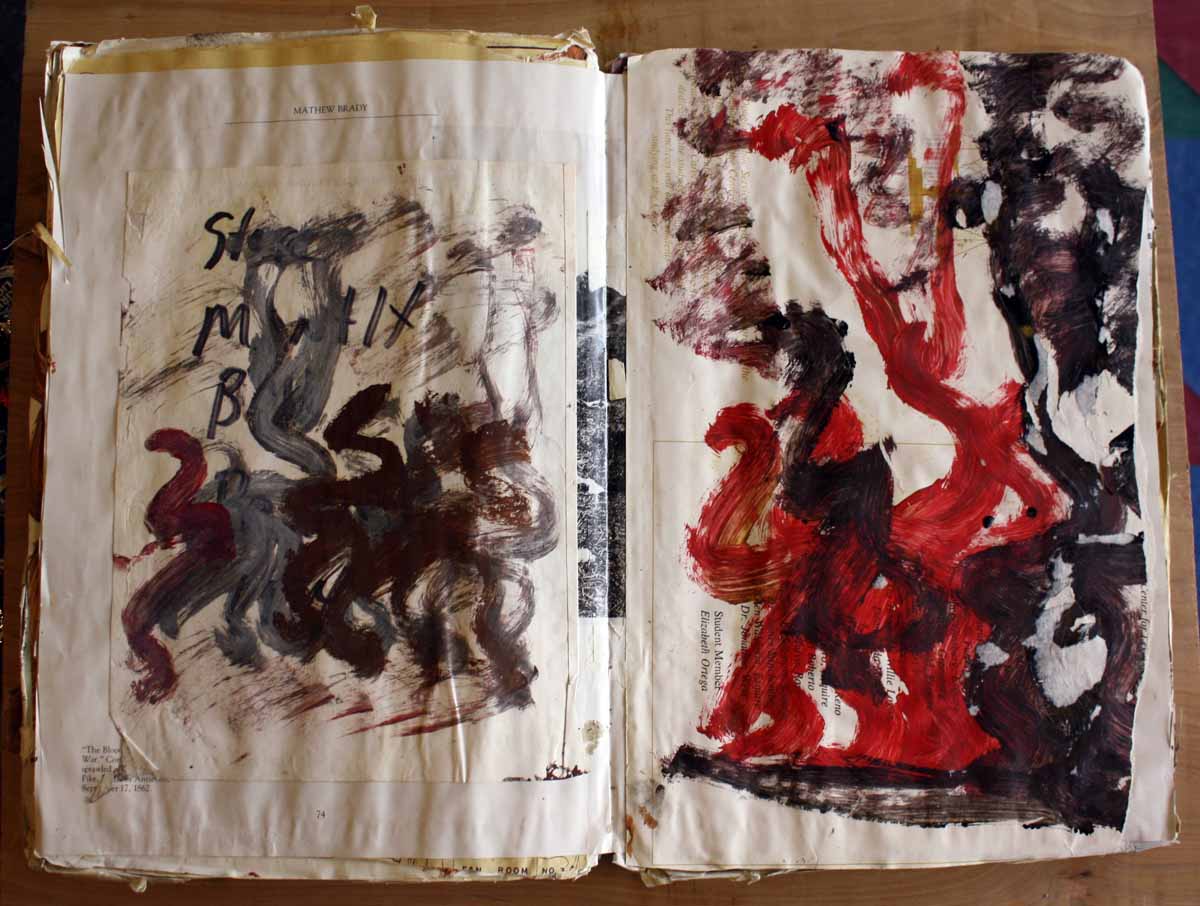Continuing with previous notions of underrepresentation is an article on the Swann Galleries auction. Locally, not much has been said about the recent articles Miamiartexchange.com has posted: Miami Compendium: Dialog, Diaspora, Directions. We’ve attempted to deal with this issue numerous times over the years.
Art Market: Nigel Freeman on Selling African-American Art:
“
NEW YORK—In an era when black artists like Kara Walker, Glenn Ligon, and Barkley Hendricks command solo museum shows, top gallery representation, and healthy auction results, it’s debatable whether a sale devoted exclusively to African-American art is necessary or even desirable.
But Nigel Freeman, director of Swann Galleries, which will hold its fifth such semiannual sale tomorrow, says it absolutely is, both for the opportunity to bring new artists to market and to achieve higher prices for those who are already established. This year’s incarnation will feature works ranging from photographs from market newcomer Cornelius M. Battey, priced in the $1,000 to $3,000 range, to Hendricks’s painting Bid ’Em In/Slave (Angie), estimated at $60,000 to $90,000, and John Biggers’s lauded Shotguns (1987), expected to pull in a quarter of a million dollars.
Demand in the African-American market has been strong recently, says Freeman, with a marked increase in institutional interest. And it can’t hurt tomorrow’s sale that the art world is buzzing about the 40-some works that First Couple Barack and Michelle Obama have selected to install on the walls of the White House while they’re living there, seven of which are by African-American artists (surely a better ratio than that at the average museum or gallery show).
On the eve of the auction, Freeman spoke to ARTINFO about the top lots, perspective buyers, and how Swann was fortunate enough to fall into a market that he says is expanding even as the art market as a whole still seems uncertain. See the photo gallery at left for a selection of works on offer.
Can you tell me how and why Swann started to do African-American art auctions?
We created the department in the fall of 2006 and had our first auction in 2007. Through my experience at Swann and my familiarity with many African-American artists, it was obvious that the majority of important works and important artists had not come to the secondary market at auction. The auction world had been narrowly focused on just the two major artists, Romare Bearden and Jacob Lawrence. And also, we hadn’t seen important collections consigned, so Swann Galleries really stepped into a wonderful opportunity. We’ve done six auctions now and set record prices with important works from major artists.
Do you have a sense of how the African-American market has fared in comparison with the art market at large?Our first auction of this kind had an overflowing auction room — we sold out the catalog. Even in this past year with the recession and the severe downturn in the art market, we’ve seen that works that are quintessential, that really represent an artist, have done exceptionally well at auction. So we’ve continued to set record prices with important works. In the past year, there’s been a huge increase in the number of public institutions buying from us at auction. We’ve seen continued strong sales at the upper end.
It’s been a favorite for the community of people interested in collecting African-American art. Now it’s also people who collect American art but realize they’ve missed works by important African-American artists that they didn’t have before.
I’m interested in the line between niche markets and the mainstream. Some of the artists — and works — featured in the sale could have just as easily been featured in a more general sale of American or contemporary art.That’s always been a question. But I think our sales have proven the necessity for this. Before this auction, many of the major-auction records for these artists were a fraction of what we have achieved today. So for some of the artists, like Charles White and Hughie-Lee Smith, the records were much lower before. And secondly, we introduced a huge range of artists who hadn’t had any works at auction before. In just three years we’ve introduced more than 100 artists to the secondary market. We’re setting new heights, showing great value in this market, and showing how many of these important works are still undervalued.”
(Via ARTINFO: News.)
